Although it’s easy to start up a free account on the Google Ads platform, you should pay special attention to certain basic settings or rules so you don’t waste money on irrelevant clicks and wrong targeting.
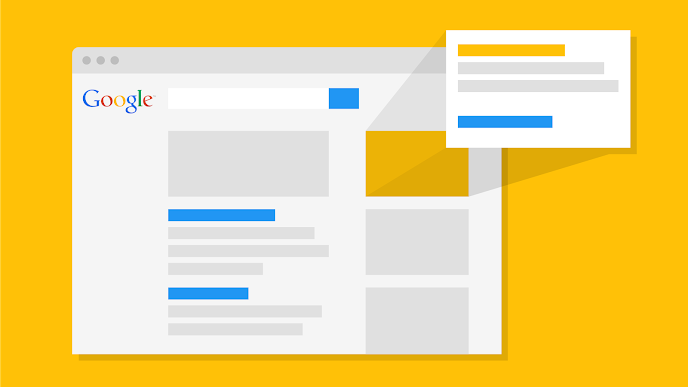
Every advertiser should be aware that Google has a natural interest in your customers spending more money because they are out to make money, too.
Therefore, you should keep this in mind and question the automatic suggestions for account optimization.
Here we share 7 common mistakes you can make when using Google Ads without a proper ppc management service, but we’ll also tell you how you can fix them.
7 Common Mistakes in Using Google Ads:
1. Lack of a clear structure in the Ads campaign
Not properly planning your Google Ads campaigns is certainly the most serious mistake of all.
An AdWords Management plan is something that doesn’t take much time, but it’s worth it to make sure it’s set up correctly.
When creating campaigns, select the “Search network with screen selection” option if you want your ads to appear alongside organic search results:
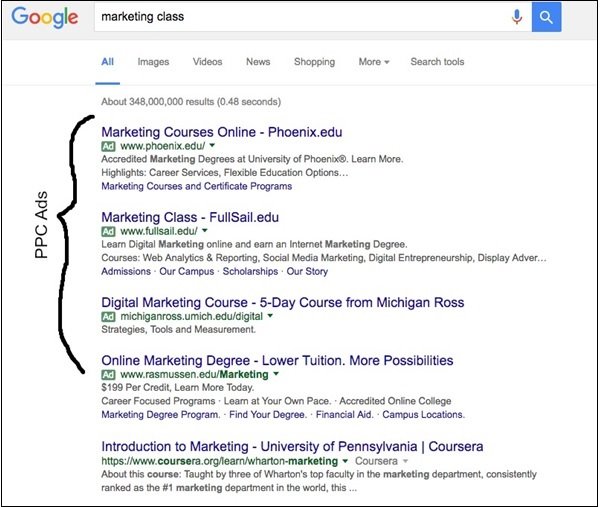
However, be sure to use different settings and display texts for each network as it’s difficult to carry out targeted optimization when the focus of the target group in the search network differs considerably from the display network.
Therefore, to achieve maximum success, create a separate campaign for each network.
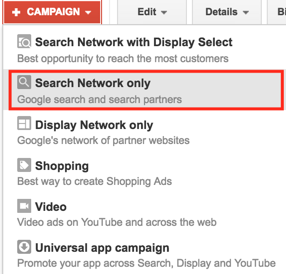
Another problem that people make in structuring a campaign is not realizing that there is no logical division according to ad groups. Often, the few groups contain a large number of different keywords on different topics that aren’t related to your business.
Ads should always be displayed by ad group with each keyword always matching exactly with the ads in this group. Otherwise, the quality and click-through rate will decrease yet ultimately increase the cost of clicks.
For example:
Let’s say we have an online shoe store and want to advertise it on the Search network.
We must then create a campaign for each area of the store. In this case, we’re creating groups of matching ads to which we assign relevant keywords and matching ad texts:
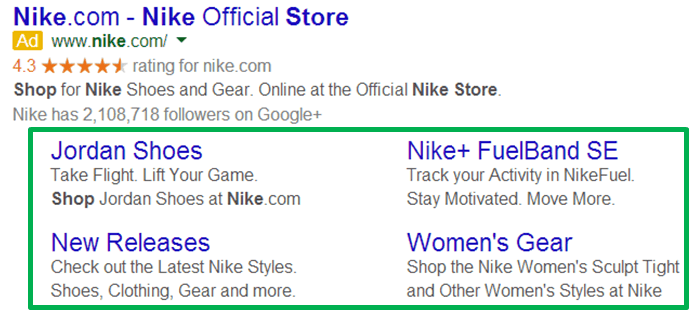
For your business, tt may even be useful to create your own ad group for each keyword. It requires more time to configure but can be much better monitored and optimized, which is a smarter spend of your ad money. It also facilitates the creation of ad text more closely tailored to the ads.
Tip: To quickly create a structure in your Ads account, install the free Google Ads editor from Google.
2. Using generic keywords
Another common error is selecting overly general keywords, which is also linked to the default keyword “wide match”.
When selecting keywords, make sure that they have a strong call to action and are focused on getting the user to buy the product or solve the problem.
Common keywords that have a large number of search queries rarely lead to new customers because they are too inundated. Also, if you offer a paid product or service then don’t want your ads showing up when ‘free’ modifier is added to a keyword, so that’s one to add to your negative keywords list.
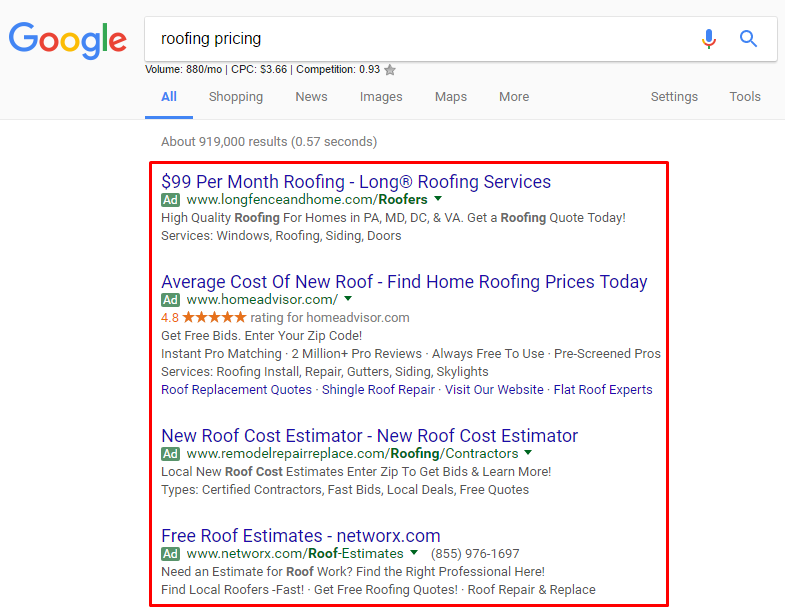
It’s best to avoid using generic keywords that will not lead to conversions.
For example:
There’s a bike shop in London in which the general keyword “bicycle” is relevant. In this case, the ads will be displayed for each query that contains the term “bicycle”.
Examples of search queries:
- “Rent a bicycle in London”
- “Bicycle transport”
- “How to clean a bicycle”
- “Learn to ride a bicycle”
- “Buy a bicycle London”
This example shows that the ad is displayed in cases where the user is not the target audience, which would be a waste of ad money.
Always make sure to select specific and relevant keywords, especially for the visitor who is ready to buy your particular product.
The second error related to keywords that people often make is implementing “broad-matching keywords”.
By default, this setting is assigned to all keywords unless you select another option.
This default setting automatically displays ads for relevant keyword variations. So whenever Google considers that the keyword matches the current search query, the ad will be displayed- and this includes synonyms, similar spellings, and word families.
The problem is, however, that we may incur huge losses due to this very large spread. This results in unqualified clicks, which means that the cost per click (CPC) increases and so you’re paying money on ad text that doesn’t match the search queries.
Therefore, try to use the exact match keyword. It requires more research and effort when configuring but gives better results.
3. Wrong landing page
For each ad, you must select a landing page to direct your prospects to.
It’s not enough to simply link the ad to the home page because normally that user is looking for the exact offer that they saw and if it’s not front and center on the home page or buried with other product offerings, then the user will bounce out of it. And that will be a lost click.
For example:
Say there’s an ad out for the bike shop and it offers competition bikes. By clicking on the advertisement, the visitor will land on the homepage of the shop and have to spend more time searching within the website for the racing bike offer.
In most cases, the visitor simply gets frustrated and clicks the “back” button, which is a total waste of clicks and money. Hence, it’s essential to send ‘clicks’ to a high-converting landing page design.
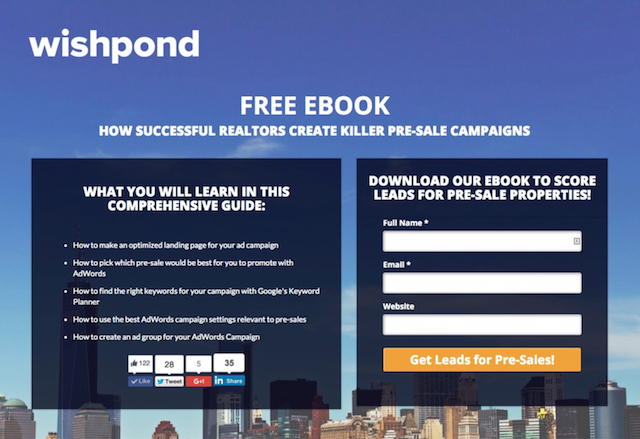
Before publishing ads, create and publish a matching landing page (using your own skills or hire a landing page design agency) that will be displayed as the ad’s landing page.
Ideally, there’s a landing page for each target group that matches the ad text and immediately shows the visitor what they expect to see after clicking into it.
4. Mixing search and display ads
This is a common mistake for advertisers since Google defaults to this option, and those who don’t know are likely to simply take over this pre-selection to get started faster.
But one of the consequences of accepting this is that some features aren’t available because they’re only available in one of the two networks.

This not only eliminates the possibilities of targeted optimization, it doesn’t take advantage of the full potential of the campaign because one sits between the chairs, so to speak.
Precisely for this reason, it’s important to know that both networks are characteristically very different from each other.
While the search network follows the searcher’s intention and can be targeted accurately, the display network is a ‘push instrument’ which means that the alignment possibilities are considerably more limited.
A successful Ads campaign should always contain either search ads or display ads, but never both at the same time.
5. Lack of follow-up
If you don’t monitor and analyze the results of a campaign, then you’ll never know if it’s successful.
If you use Google Analytics to track your website usage, then be sure to link your Google Ads account with the Analytics account and define your goals. This allows you to evaluate the success of specific campaigns.
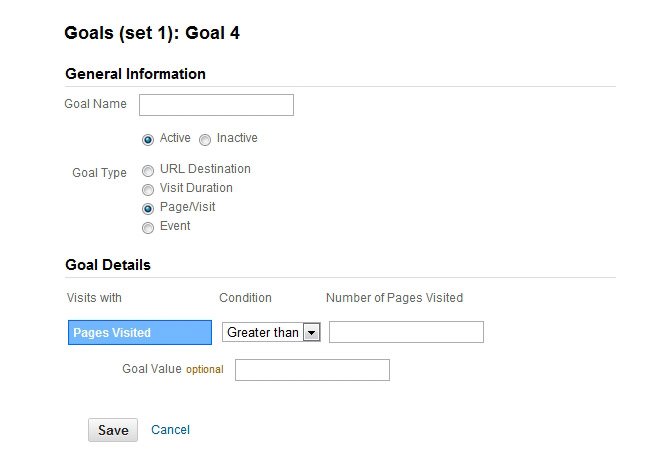
If you use other alternative features within Google Ads, then make sure to add the necessary parameters to the links so that the keywords transmit correctly to the URL. You also have the opportunity to define the objectives.
Tracking conversions is equally important. To do this, include a piece of code on the website that allows you to monitor your objectives.
There are different types of conversions that aren’t just about the sale of a product. A conversion goal can also be a person signing up for your newsletter, a request, or a specific download. Conversion tracking allows you to see the effectiveness of certain types of campaigns and actions viewable directly in your Google Ads account.
6. No setup of targeting & bidding features
Especially for local companies, important part of ppc management is to know your target groups and adapt the ads to their environment.
For example, it makes no sense for the bakery around the corner to target its ad on the other side of the United States if they’re built primarily on casual customers and trying to get them to come into their physical location.
However, on the other hand, if a company finds that its offer has been particularly well received in certain regions or cities, then it would make sense to raise the bid to reach other locations (and vice versa).
The bidding function for individual segments, i.e. PCs, tablets and smartphones, is also often forgotten about:

Unfortunately, there are still enough companies that do not offer responsive websites or haven’t tested it to make sure it looks right.
So if a mobile user clicks on your ad and finds out that the website isn’t smartphone-friendly, they will most likely bounce out again. But you still paid for the click.
Therefore, if you notice that your website doesn’t convert mobile users well, then you should take a closer look and decrease the bid for mobile devices until your website is fixed.
7. Boring ad texts without reference to the keywords
You should never forget or underestimate that the context of your pay per click ad is the only direct contact to your target audience — whether you’re using Search networks or Display networks or both.
It’s in your best interest to try as hard as you can to anticipate the intention of web searchers and design your ads using relevant keywords. Ensure that your headline, display URL, and descriptions are relevant, clear, and persuasive.
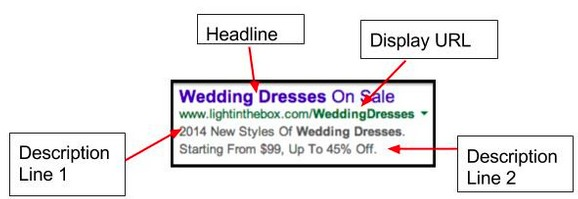
Keep the probability high that the user will see your offer and it matches what they’re looking for and thus click on the ad.
Conclusion
A clear structure is essential for targeted optimization of your ppc management campaigns.
Taking the time to navigate around your Google Ads account will be advantageous when evaluating whether it is a profitable marketing channel through proper implementation.
You have probably already noticed that there’s a big learning curve with Google Ads (formerly Google AdWords) newest algorithms, but adjusting to it and expanding your knowledge will help you prevent or minimize the marketing mistakes mentioned above.
If you have any more questions about Google Ads or how to generate leads and sales through paid search, contact Cardinal Digital Marketing today.

